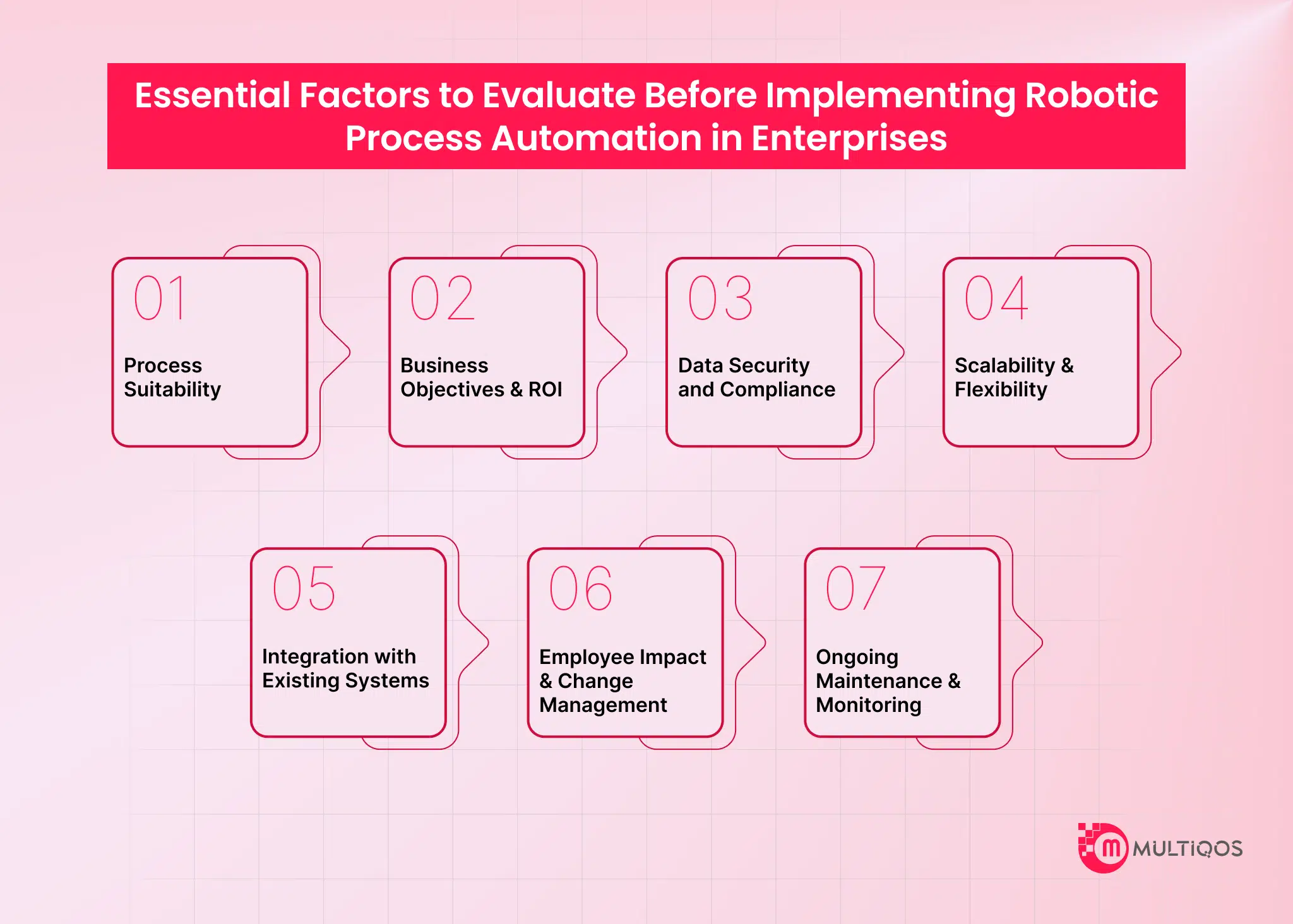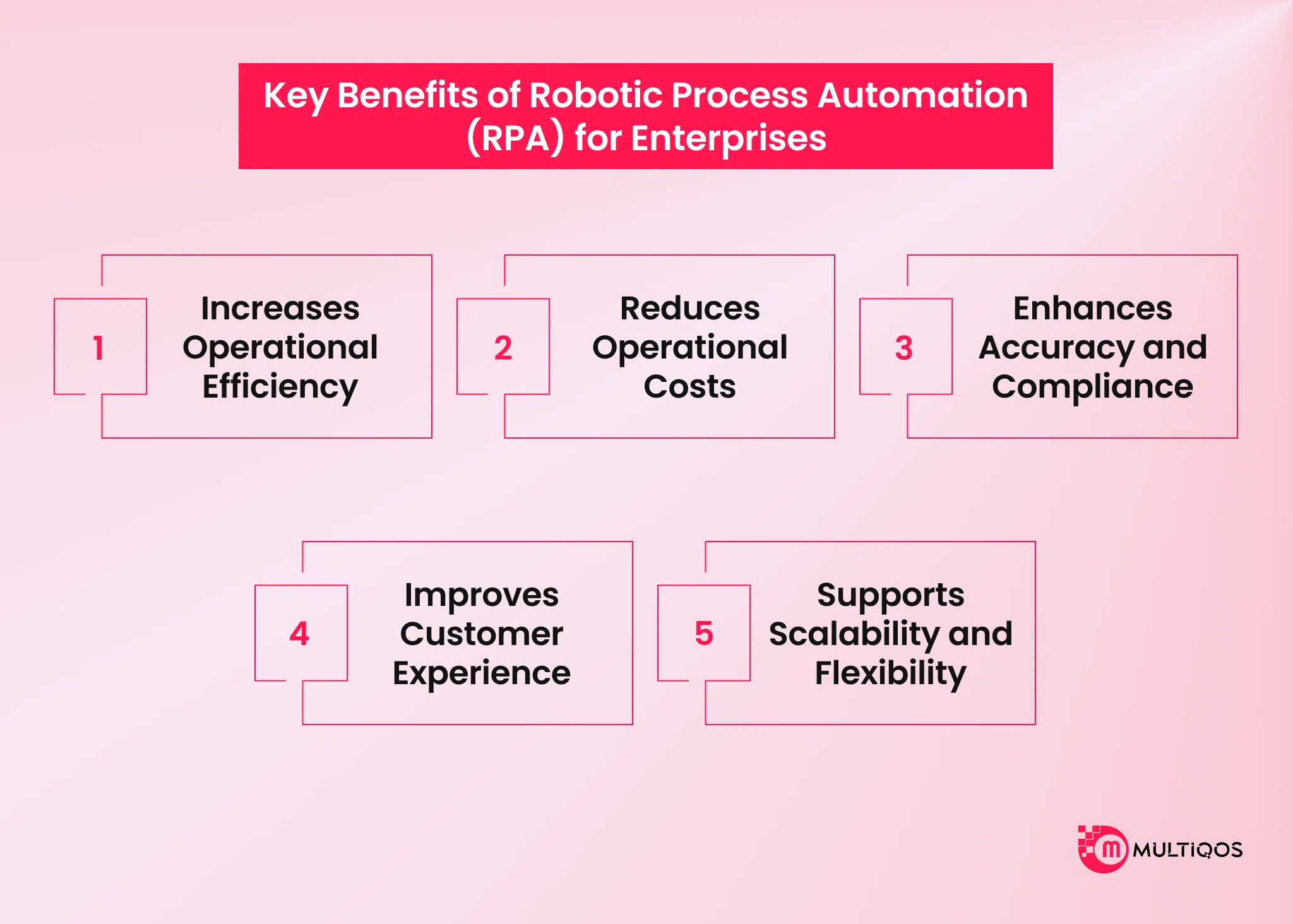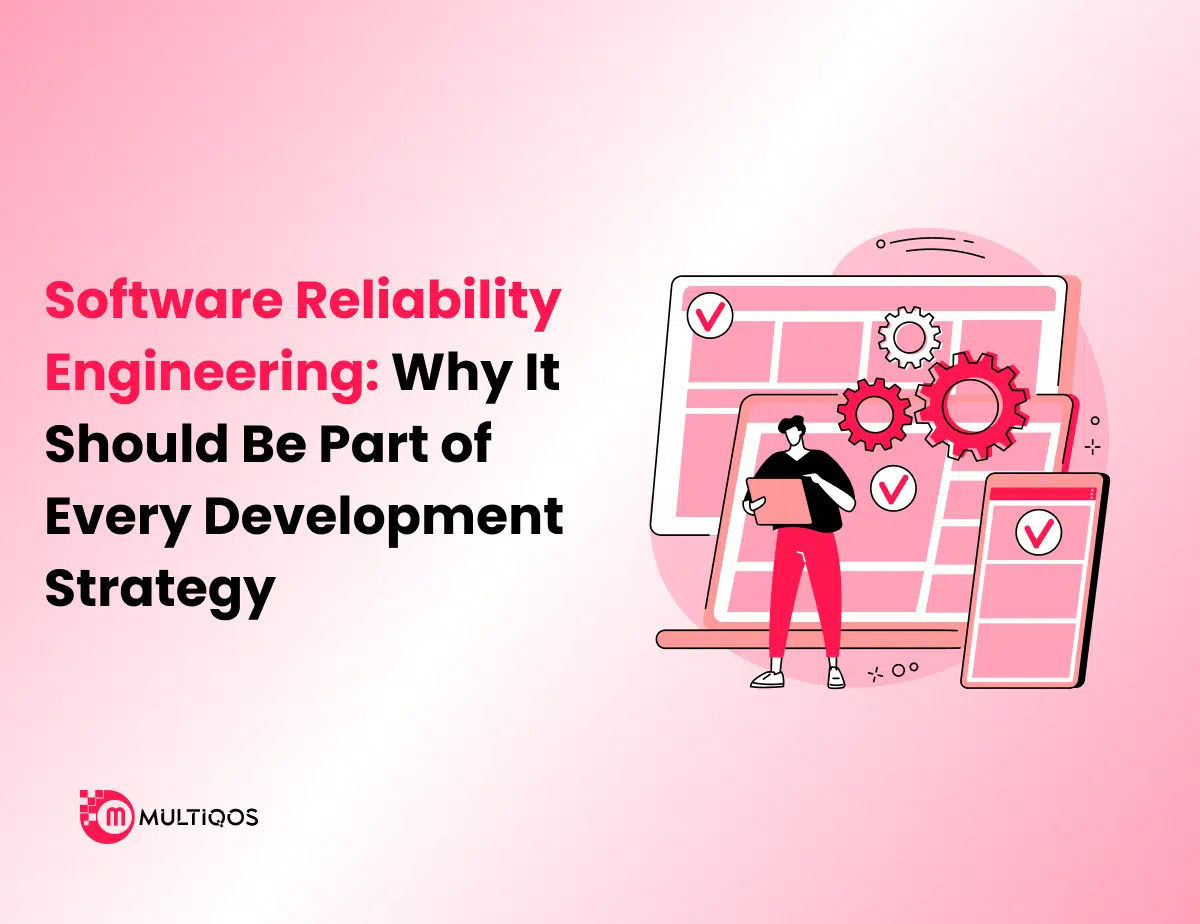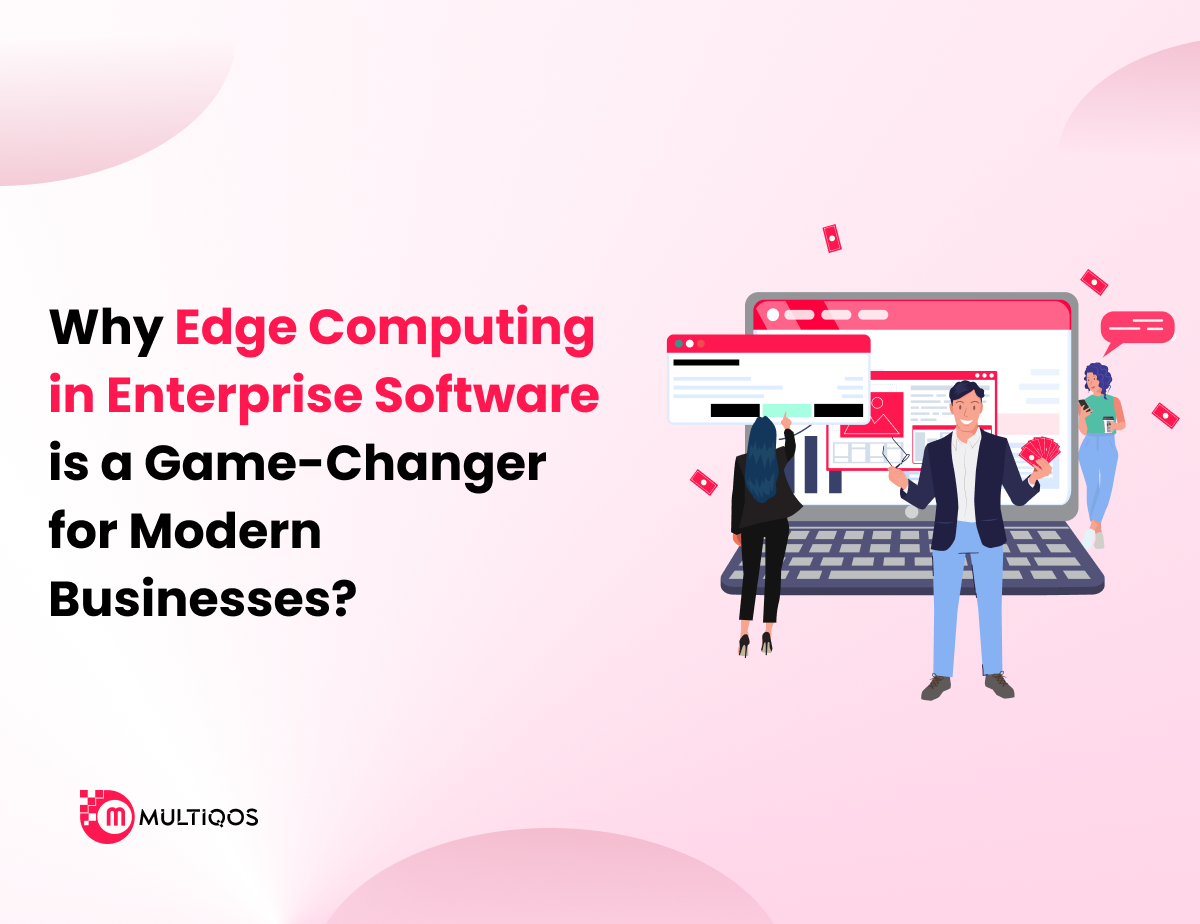Key Considerations Before Deploying Robotic Process Automation (RPA) in Enterprises
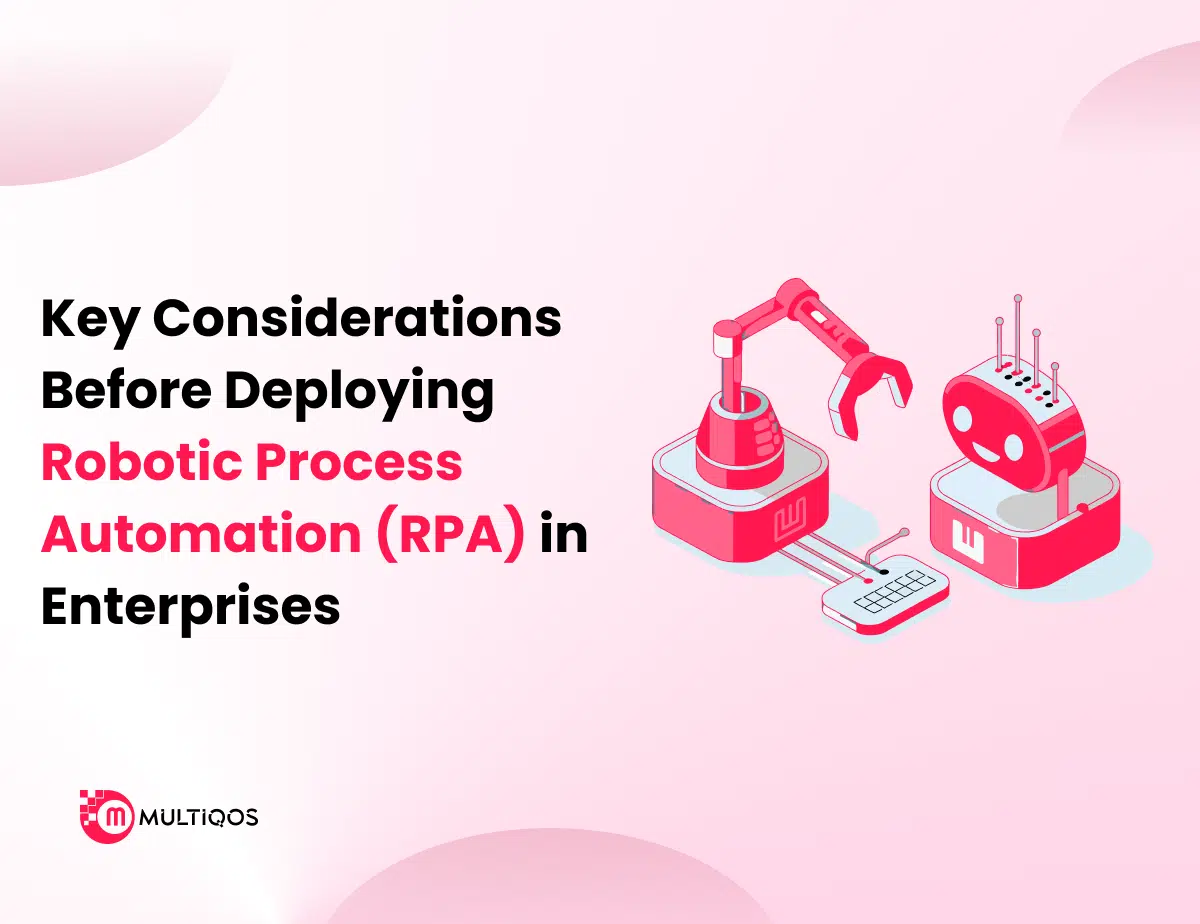
Summary:
Before deploying Robotic Process Automation (RPA) in enterprises, it’s crucial to evaluate key factors that determine success. Organizations should assess process suitability, technology compatibility, data security, and change management readiness. A clear strategy aligned with business goals ensures that automation enhances efficiency rather than creating new complexities.
Employee training, governance frameworks, and performance monitoring are also essential to sustain long-term benefits. By addressing these considerations, enterprises can unlock the full potential of RPA, streamlining workflows, reducing errors, and driving digital transformation while maintaining operational control and compliance.
Introduction
Picture a set of invisible assistants working tirelessly behind the scenes, handling weary tasks with authenticity and speed. This is the final decision that Robotic Process Automation (RPA) in enterprises can deliver to establishments. Although it’s tempting to welcome these digital workers into your organization, careful planning is necessary.
Not all procedures are ready for modernization, and technology alone cannot guarantee success. From selecting the right workflows to preparing your teams and safeguarding your data, every step plays a critical role. In this blog, we’ll probe the vital aspects enterprises must keep in mind to make sure robotic process automation drives competence, accuracy, and measurable impact.
What is Robotic Process Automation?
Robotic Process Automation (RPA) is a technology that allows businesses to streamline tedious, rule-based tasks using software robots or “bots.” These bots can deal with activities like data entry, receipt processing, report generation, and additional routine workflows, freeing up human employees to emphasis on more logical and creative work. By mimicking human deeds in digital systems, RPA boosts validity, speeds up routines, and reduces operational costs.
Combining RPA into your business is a pivotal step in modernizing operations and increasing efficiency. Enterprises often merge RPA with digital transformation services to make smarter workflows, optimize resource utilization, and fulfill accessible business outcomes. This synergy ensures organizations can scale auto-operation usefully while maintaining high performance and adherence.
Essential Factors to Evaluate Before Implementing Robotic Process Automation in Enterprises
Implementing Robotic Process Automation (RPA) in enterprises requires careful planning and evaluation to ensure it aligns with business goals and delivers sustainable results. The following are the essential factors organizations should consider before moving forward with RPA deployment:
1. Process Suitability
Not all business processes are suited for automation. The first step is to identify repetitive, rule-based tasks that involve high volumes of data or transactions. Processes that are stable, well-defined, and have minimal exceptions are ideal candidates for RPA. Automating such tasks can lead to significant improvements in efficiency, accuracy, and speed. However, processes that are highly complex or require human judgment may not be suitable for Robotic process automation (RPA) in enterprises.
2. Business Objectives and ROI
Before investing in RPA, organizations need to clearly define their business objectives and expected outcomes. Are they looking to reduce operational costs, enhance customer service, or improve compliance? Defining these goals will help establish a framework for measuring the success of RPA implementation. Moreover, businesses should conduct a return on investment (ROI) analysis to understand the potential savings, productivity gains, and time reductions that RPA can deliver. A well-calculated ROI ensures that the investment will justify the effort.
3. Data Security and Compliance
Robotic process automation (RPA) solutions often interact with sensitive data, making data security and compliance a critical consideration. Businesses must assess whether the RPA software adheres to industry-specific regulations and data protection standards. It’s crucial to evaluate the security measures in place, such as encryption, access control, and audit trails, to ensure that RPA implementations do not introduce new vulnerabilities or compliance risks.
4. Scalability and Flexibility
As business needs evolve, the scalability and flexibility of the RPA solution must be taken into account. A successful Robotic process automation (RPA) deployment should be capable of adapting to changing workflows and scaling with business growth. It’s essential to choose an RPA platform that can easily accommodate future expansions, new processes, and integration with emerging technologies. This ensures that the investment remains relevant and useful as the business continues to grow.
5. Integration with Existing Systems
Robotic process automation (RPA) in enterprises is most effective when it integrates seamlessly with existing IT systems, such as enterprise resource planning (ERP) software, customer relationship management (CRM) systems, and other core applications. Assessing how easily the RPA tool can integrate with these systems without disrupting existing workflows is critical. Organizations should also consider the potential need for IT consulting services to ensure proper configuration and integration during the deployment phase.
6. Employee Impact and Change Management
Implementing Robotic process automation (RPA) in enterprises can have a significant impact on the workforce, so it’s vital to address potential concerns and manage the change effectively. While RPA can automate routine tasks, it also frees up employees to focus on more strategic and value-added activities. Proper change management practices, including clear communication, training, and reskilling initiatives, can help employees embrace automation rather than feel threatened by it. Engaging employees early in the process is key to smooth adoption and long-term success.
7. Ongoing Maintenance and Monitoring
Once Robotic process automation (RPA) in enterprises is implemented, it’s essential to have a strategy in place for ongoing maintenance and monitoring. RPA solutions require continuous updates to keep up with changing business requirements, technology upgrades, and process optimizations. Regular monitoring helps identify issues early, ensuring that the automation continues to function as expected and delivers the desired outcomes. Organizations should also allocate resources for troubleshooting, fine-tuning, and improving the robotic process automation solution over time.
Key Benefits of Robotic Process Automation (RPA) for Enterprises
Robotic Process Automation (RPA) in enterprises has become a transformative technology for enterprises, enabling them to streamline operations, improve efficiency, and enhance overall business performance. Below are some of the key benefits RPA offers to enterprises:
1. Increases Operational Efficiency
Robotic Process Automation (RPA) in enterprises automates repetitive, rule-based tasks, such as data entry, invoice processing, and report generation, allowing these processes to be completed faster and with fewer errors. This significantly improves overall productivity and workflow efficiency.
2. Reduces Operational Costs
By minimizing manual intervention, businesses can reduce labor costs and reallocate employees to more strategic, value-added tasks. Automation also decreases the likelihood of costly human errors and rework.
3. Enhances Accuracy and Compliance
Robotic Process Automation (RPA) in enterprises ensure high accuracy and consistency in performing tasks, eliminating human mistakes. Bots also maintain detailed logs of their activities, helping organizations meet compliance and audit requirements easily.
4. Improves Customer Experience
With bots handling routine back-office operations, employees can focus more on customer-facing activities. This leads to faster response times, improved service quality, and higher customer satisfaction.
5. Supports Scalability and Flexibility
RPA systems can be easily scaled up or down based on business needs without major infrastructure changes. This flexibility allows organizations to adapt quickly to market changes, seasonal demands, or growth opportunities.
Wrapping Up
Implementing Robotic Process Automation in enterprises offers transformative potential, from streamlining workflows to reducing errors and freeing employees for higher-value tasks. However, success depends on careful planning, process selection, governance, and change management. By addressing these key considerations before deployment, organizations can ensure that RPA delivers maximum efficiency and long-term value.
To bring your automation strategy to life, it’s also crucial to hire software developers with the right expertise. Skilled developers can design, implement, and maintain RPA solutions that align with your business goals and keep your enterprise ahead in the digital transformation journey.
FAQs
Not entire processes are proper for streamlining. Considering factors like method entanglement, data protection, and workflow combination ensures that RPA delivers quantifiable good outcomes rather than creating inefficiencies or productivity risks.
Repetative, high-volume, and rule-rooted systems like bill processing, data entry, report generation, payroll management, and customer service workflows are ideal candidates for RPA.
RPA streamlines operations, reduces manual errors, and accelerates workflows, complementing broader digital transformation services by making processes smarter, faster, and more scalable.
Yes. We promote ventures to schedule a demo or deliberation to understand how our RPA solutions can drive competence and optimize operations before making a conclusion.
Get In Touch


